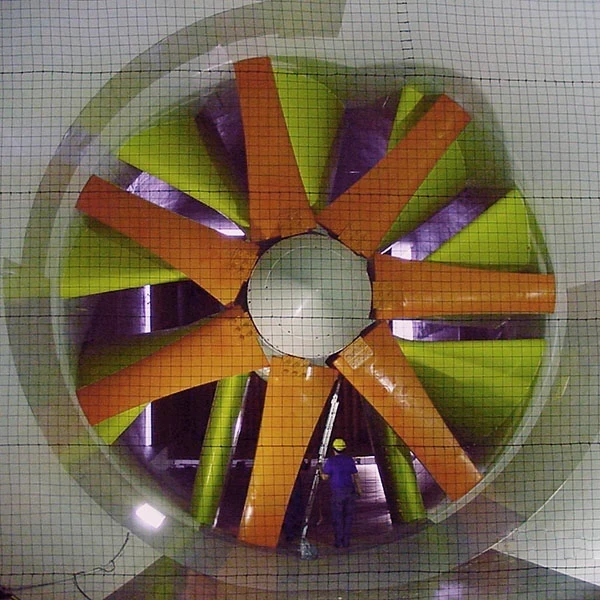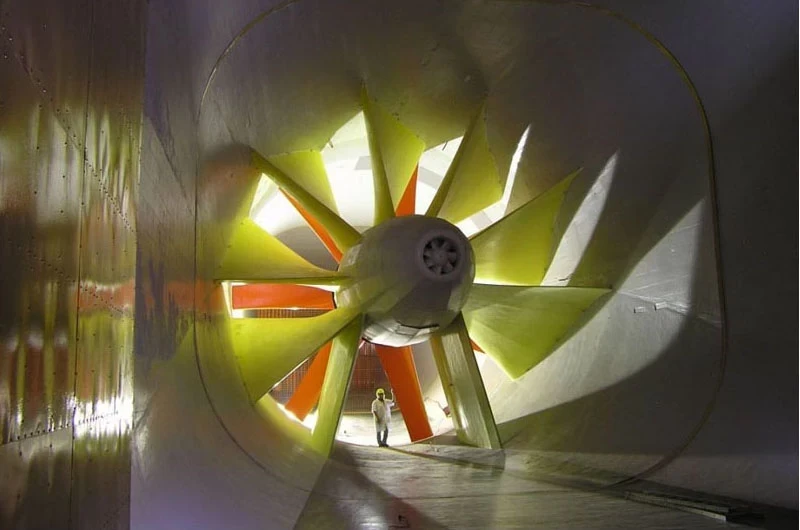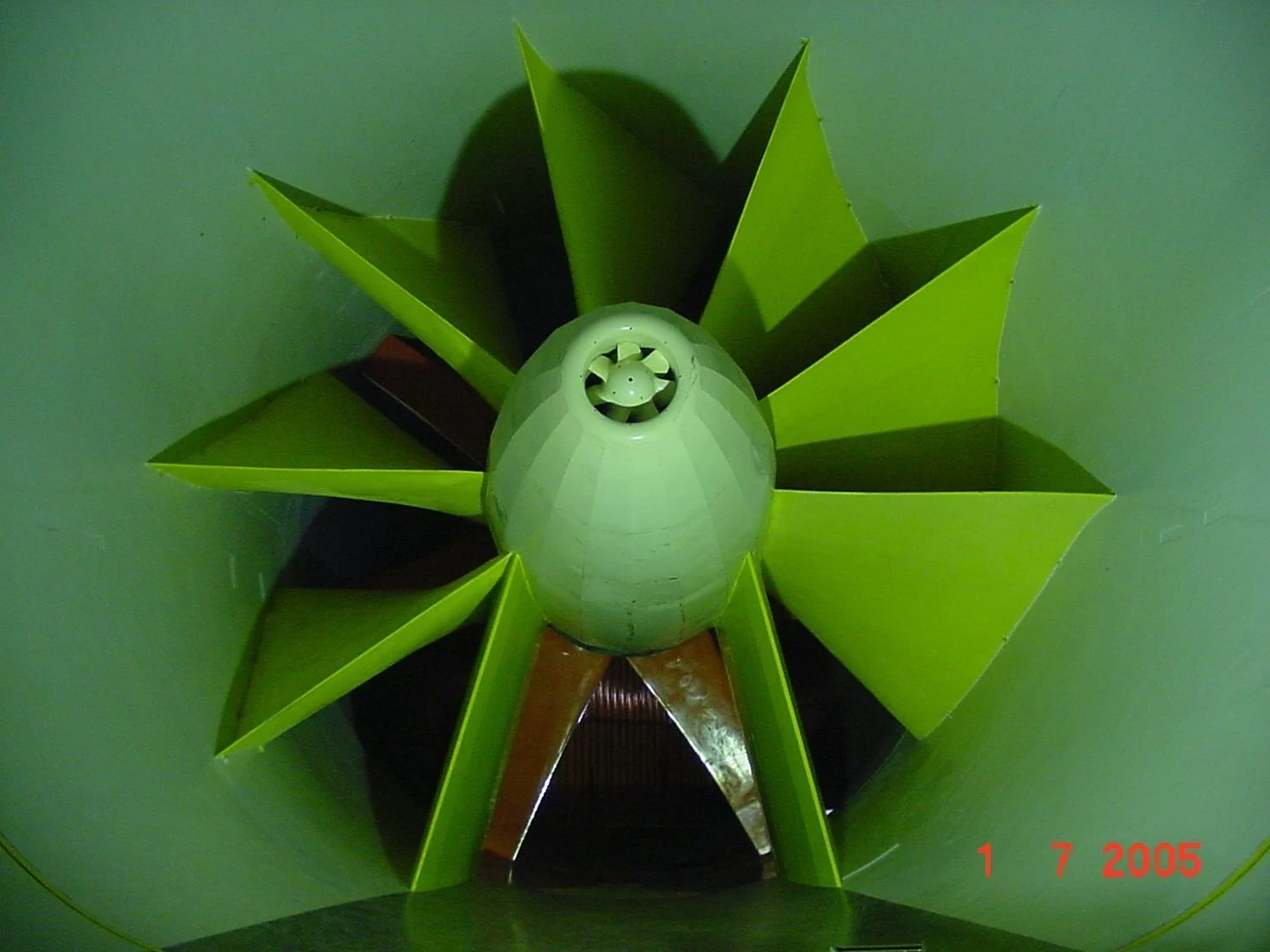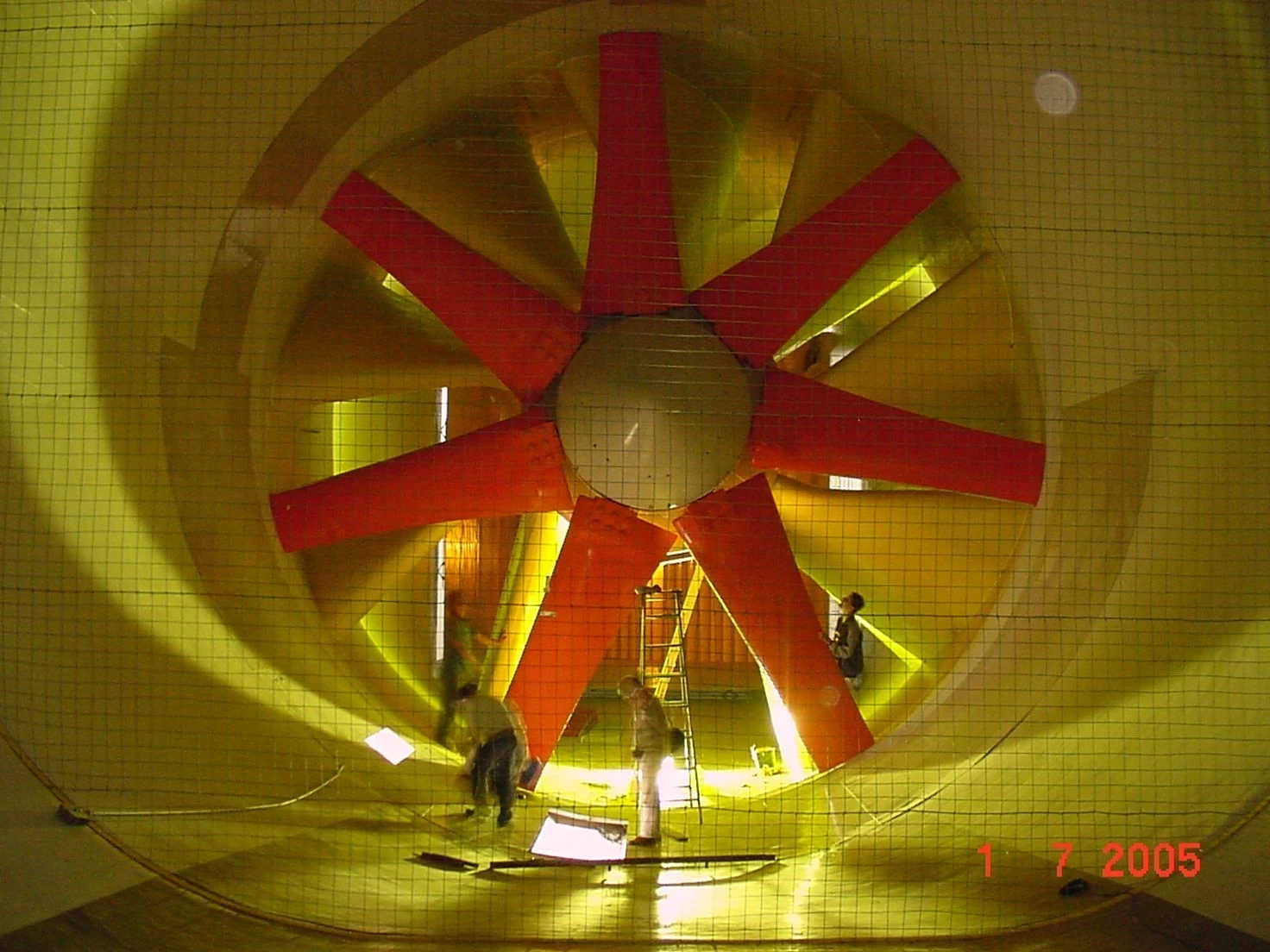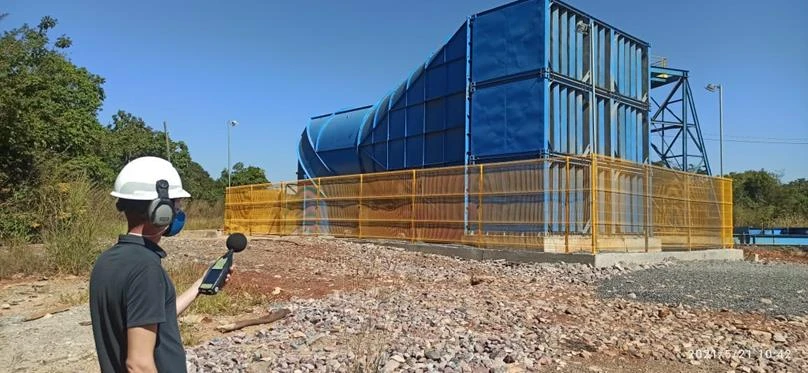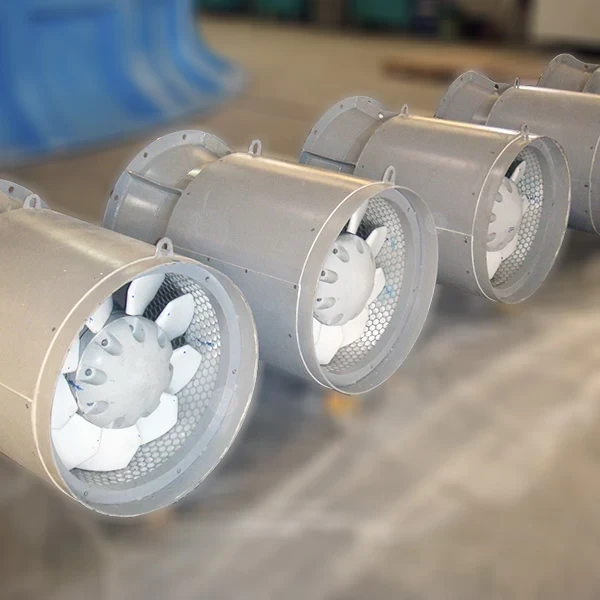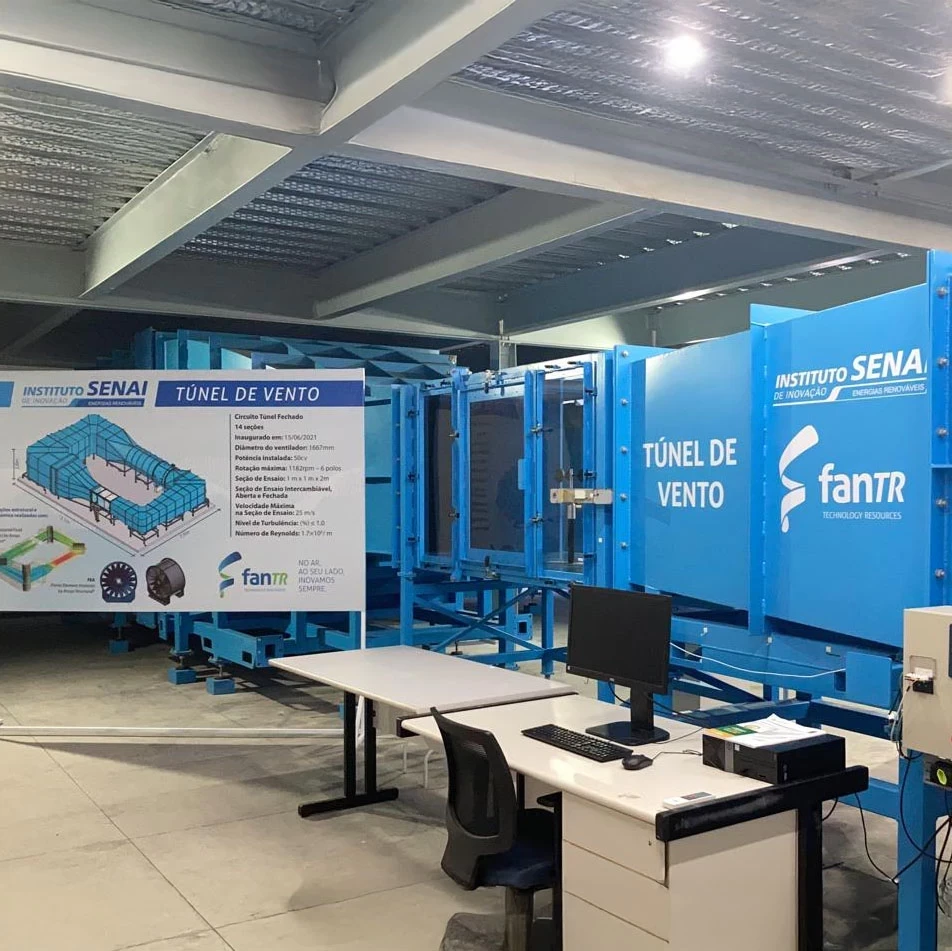

The Wind Tunnel TA-2, located at the Department of Aerospace Science and Technology (DCTA) in São José dos Campos, is a unique infrastructure in Brazil and Latin America, designed for high-precision experimental aerodynamic tests. Used by the Aeronautics and Space Institute (IAE), the TA-2 makes it possible to carry out tests on models of aircraft, vehicles, buildings and even smaller real structures, such as unmanned aerial vehicles (UAVs).
With the capacity to serve not only the academic community, but also companies in the aeronautics, automotive and defense industries, the TA-2 is essential for experimentally validating the results obtained by computational fluid dynamics (CFD) simulations. As well as contributing to research, it is indispensable in the international aeronautical certification process, ensuring that Brazilian products meet global standards.
The tunnel uses high-precision aerodynamic scales to measure forces and moments applied to the models tested, with standardized and internationally accepted results, strengthening the Brazilian market on the global stage.
The professionals who founded FanTR actively participated in the development, improvement and technical operation of the TA-2, applying their expertise in aerodynamic engineering to make one of Latin America's most emblematic aerospace research infrastructure projects viable. This technical and innovative legacy is present today at FanTR, reinforcing its commitment to high-performance engineering solutions.
What do you think about the implementation of this FanTR project?
